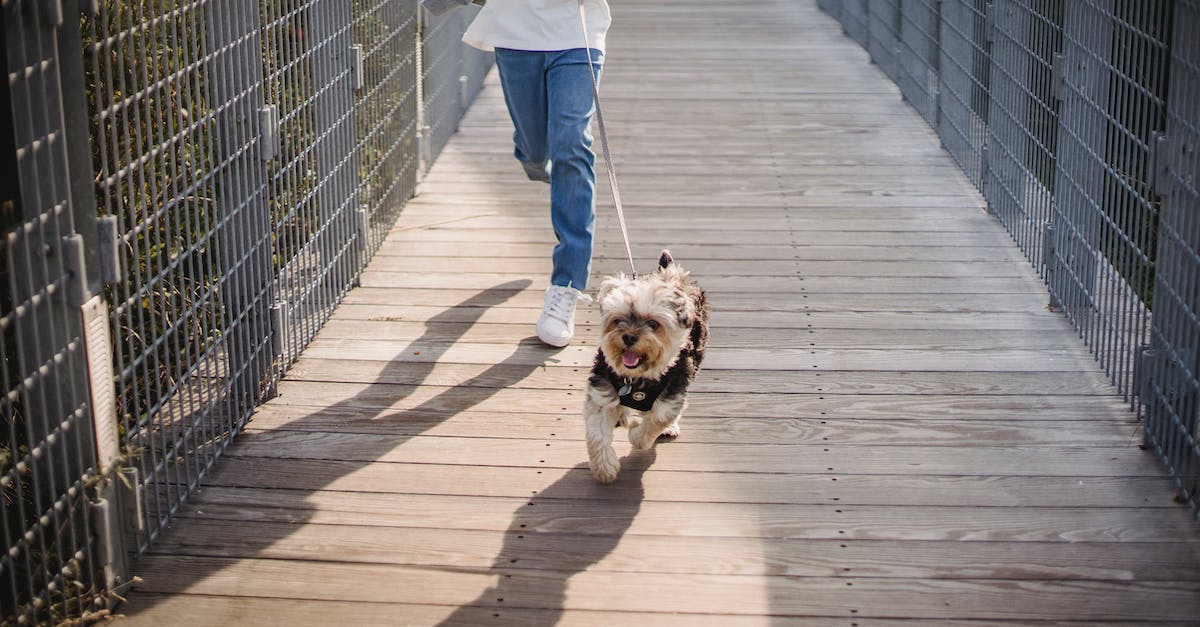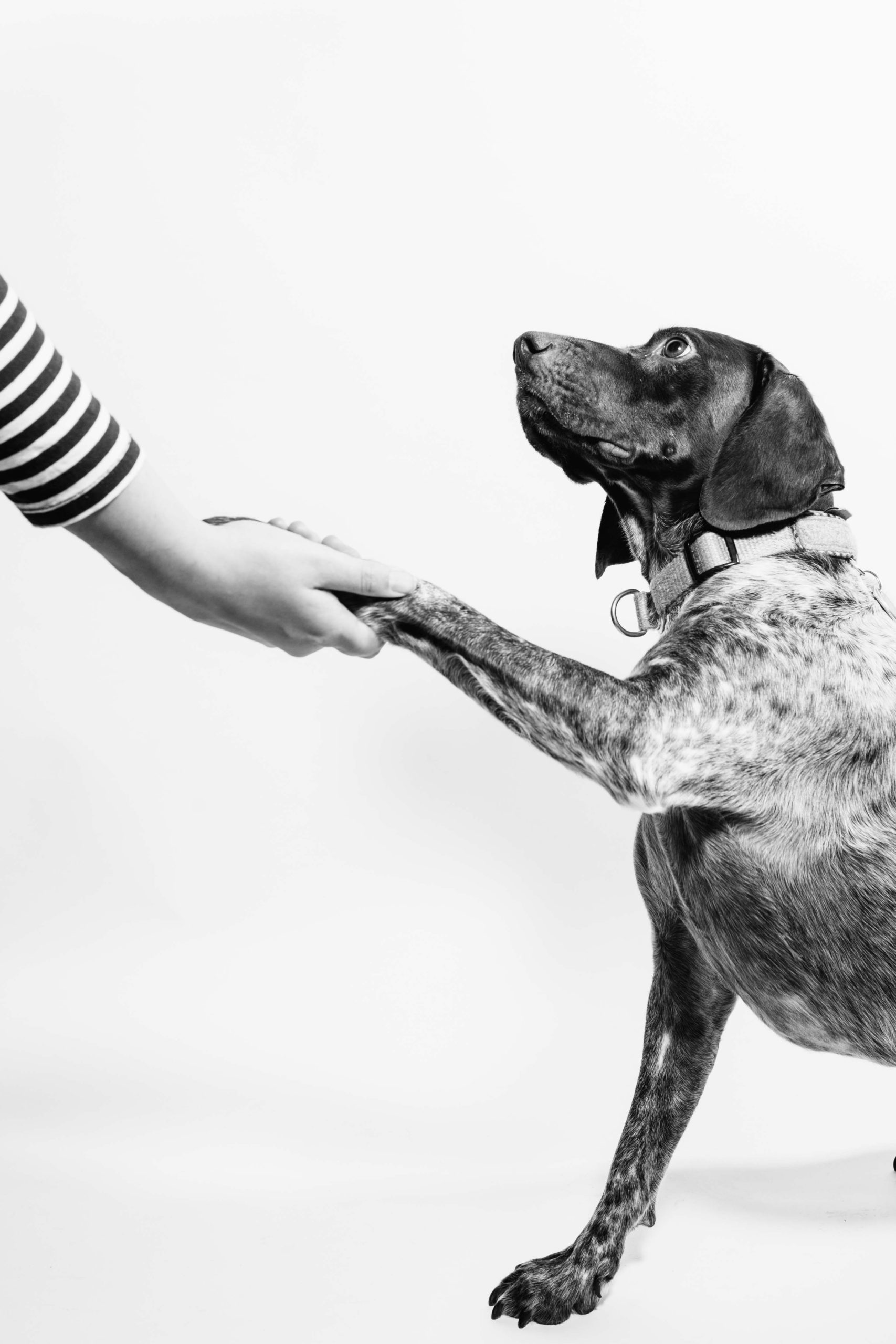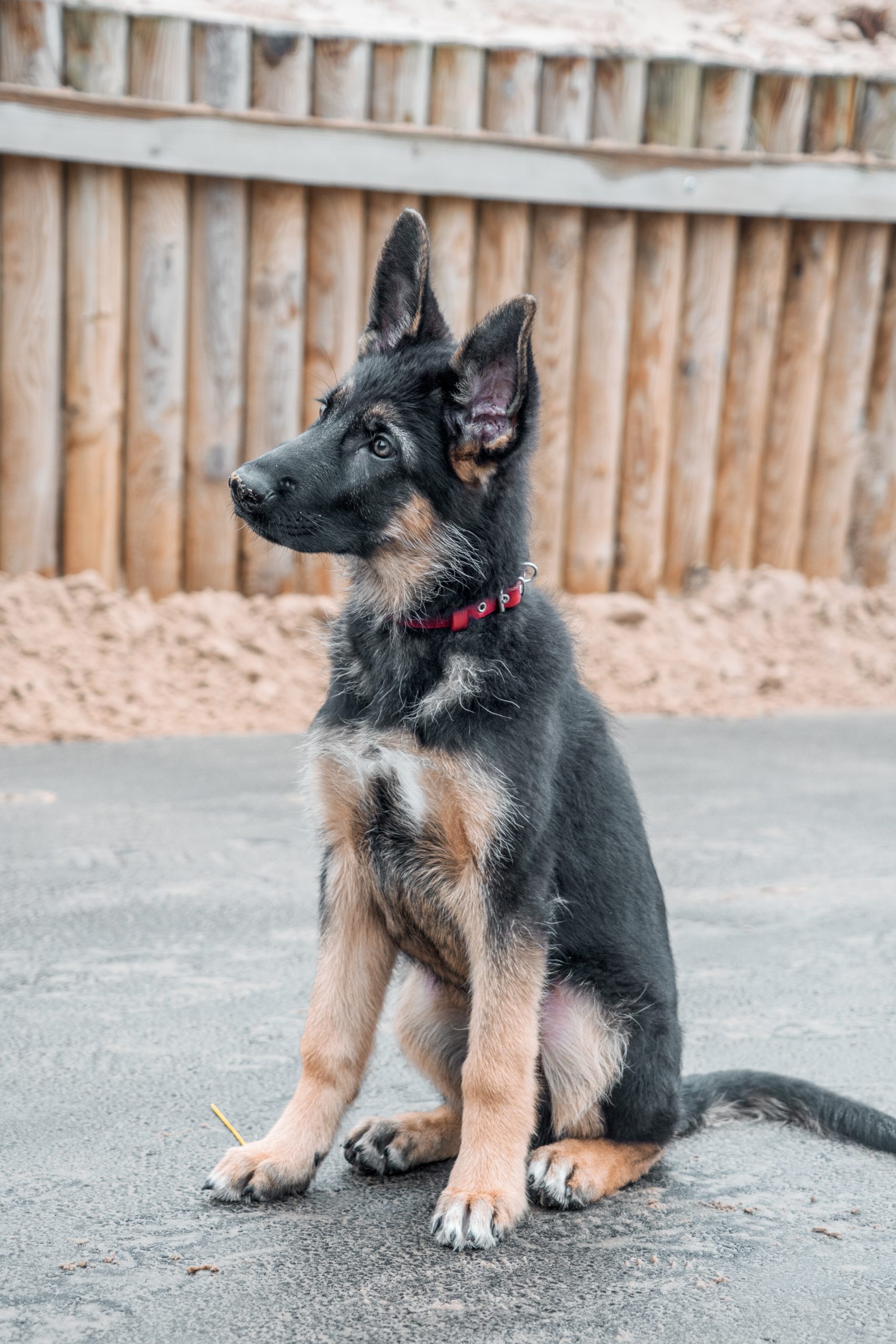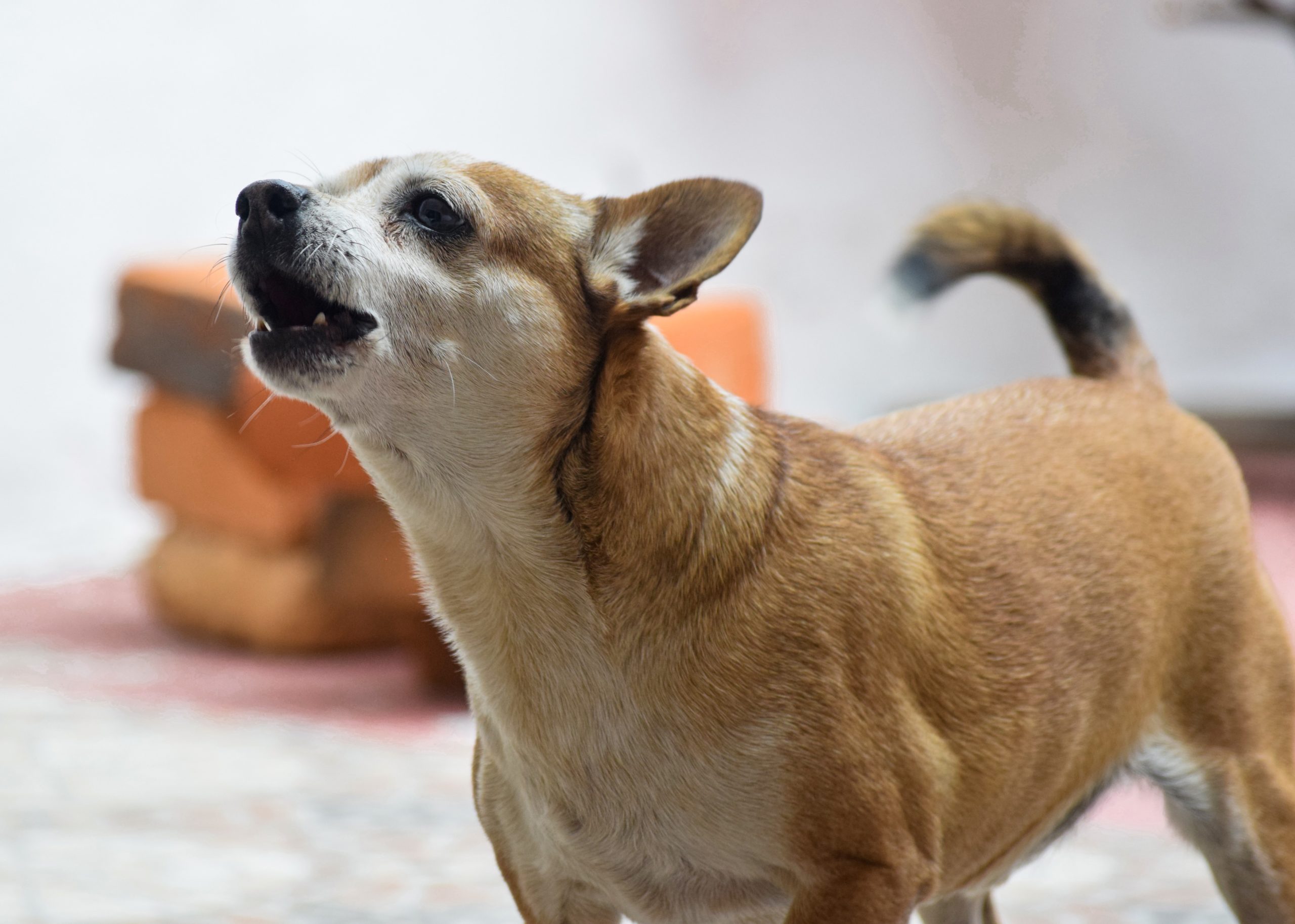Bringing a new puppy home is an exciting time, filled with joy and anticipation. However, figuring out how to play with your new furry friend can be overwhelming, especially if you’ve never owned a dog before. You want to make sure you’re doing everything right and that your puppy is having fun while also learning and growing.
In this article, we’ll go over some unique and engaging ways to play with your pup that will keep them entertained while also strengthening the bond between you two.
We’ll cover everything from easy commands to integrate into playtime to what games you should avoid playing with your pup. By the end of this article, you’ll have a whole arsenal of fun activities to try out with your new best friend!
Bonding from the Get-Go: Unique Games for Your Puppy
Playing games with your new puppy is one of the most important things you can do to bond with them. Not only will it help you establish a strong connection, but it will also provide your pup with the mental and physical stimulation they need. Here are a few unique games that can help you bond with your furry friend from the very beginning:
The Name Game
The name game is an excellent way to get your pup to associate their name with positive experiences. Start by saying their name and rewarding them with a treat or praise when they look at you.
Repeat this several times throughout the day until they respond consistently. Then, try calling their name from different rooms or outside where there are distractions.
Puppy Puzzles
Puppy puzzles are another great way to bond with your pup and provide them with mental stimulation.
You can create a puzzle by hiding treats in boxes or containers and challenging your pup to find them. You can also use puzzle toys that require problem-solving skills, such as ones that dispense treats when manipulated in a certain way.
Tug-of-War
Tug-of-war is a classic game that never gets old for puppies! It’s also an excellent way to build confidence in shy pups while providing physical exercise for more energetic ones.
To play, offer your pup a tug toy and let them take hold of one end before tugging gently on the other end yourself. Make sure to let them win occasionally so that they have success during playtime.
Remember, playing games is not only fun but essential for creating a strong bond between you and your new puppy.
These unique games are just some examples of how you can establish trust, teach basic skills, and provide your pup with the mental and physical stimulation they need to thrive. Enjoy playing with your new furry friend!
Burying Treasure: How to Play Hide-and-Seek with Your Pup
Playing hide-and-seek with your puppy is a great way to engage their natural instincts and provide them with an exciting mental challenge. To start, grab your pup’s favorite toy or treat and show it to them before heading into another room.
Once you’ve hidden the toy or treat, call out to your pup in an excited voice and encourage them to come to find it. You can also use the “stay” command before hiding the object for a more challenging game.
As your pup gets better at finding the hidden objects, you can increase the difficulty by hiding it in more obscure places or adding multiple objects to find. This game not only provides mental stimulation for your puppy but can also improve their ability to follow commands and focus on a task.
Fetching Fun: Teach Your Pooch to Bring It Back
Playing fetch with your puppy is a classic game that can provide hours of fun and exercise. However, teaching your pooch to bring the ball back can be a bit tricky. Here are some tips for getting your pup to master this game:
1. Start Small
When introducing the game of fetch, start with a small and lightweight toy so that your pup is able to easily pick it up and carry it around. This will also make it easier for them to bring it back to you. Toss the toy just a short distance away from you and encourage your puppy to go and get it.
Once they have retrieved the toy for the first time, immediately praise them and offer them a treat or their favorite toy as a reward. This positive reinforcement will help them understand that bringing things back to you is a good thing.
2. Use Positive Reinforcement
The key to teaching your fur baby how to play fetch is positive reinforcement. Every time they successfully retrieve an item and bring it back, shower them with praise, treats, or their favorite toys as rewards.
If you find that your pup isn’t interested in playing along right away, try using high-value treats such as small pieces of cooked chicken or cheese cubes as an extra incentive.
3. Practice Makes Perfect
The more you practice playing fetch with your puppy, the more likely they are going to understand what they need to do when you throw something for them.
You can gradually increase the distance between yourself and your pup when throwing their toy, so that they have more space in which to run around while retrieving it.
If at any point during the game, your puppy seems disinterested or gets distracted, take a break and try again later. Remember, patience is key when training your furry friend.
Keeping the Act Going: Keeping Your Pup Engaged and Occupied
Interactive Toys and Treats
Interactive toys are a great investment for pet parents who want to keep their pups engaged and entertained. Toys like puzzle feeders allow pets to work for their food, which can help prevent boredom and destructive behavior.
When it comes to treats, consider stuffing them into a Kong or chew toy to give your pup a challenge. For an added layer of fun, freeze the stuffed toy before giving it to your pup – they’ll enjoy the added challenge of having to work harder for the treat.
It’s important to note that interactive toys should always be supervised – some dogs may try to chew or break apart certain types of toys, which could lead to choking hazards or blockages if swallowed.
Creative DIY options are also available! Consider hiding tiny treats in clean tennis balls (with cut holes), muffin tins, or cardboard boxes filled with crumpled paper. Your puppy will love using his natural instincts of sniffing and digging while trying to locate each treat!
Change Up Playtime
No one likes doing the same thing over and over again, including your furry best friend. Changing up playtime activities can help keep things fresh and exciting for both you and your pup. For example, if you usually play fetch with a ball, try using a frisbee instead.
If your dog is particularly high-energy, consider introducing new activities that incorporate different types of exercise such as hiking or swimming. This will not only keep them mentally stimulated but physically active as well!
You can also change up playtime by incorporating training exercises into playtime sessions like practicing commands like ‘sit’, ‘stay’, or ‘quiet’. Combining exercise with learning will not only keep your pup entertained but also strengthen the bond between you and your furry friend.
Rotate Toys
While it’s tempting to give our pups access to all of their toys at once, this can quickly lead to boredom. Instead, try rotating toys every few days or once a week. This will make old toys feel new again and prevent your pup from growing tired of them.
You can also use different types of toys for different playtime sessions. For example, use tug-of-war ropes or chew toys for more active playtime sessions and stuffed animals or squeaky balls for more mellow playtime sessions.
Incorporating a variety of different types of toys and rotating them will not only keep your pup engaged but also prevent them from developing destructive chewing habits out of boredom.
Sweet Dreams: Games to Wind Down with Your Pup Before Bed
After a day filled with excitement and play, it’s important to help your puppy settle down before bed. This can be achieved through various calming games that will not only help your furry friend relax but will also allow you to bond further.
Here are some games that will ensure a sweet night’s sleep for both you and your pup.
1. Puzzle games
Puzzle games are perfect for winding down as they require your dog to think and focus, leading to mental exhaustion. There are different types of puzzle games available in the market, some of which come with treats that your dog can enjoy once they solve the puzzle. Other puzzle games include hiding treats under cups or placing them in a treat-dispensing toy.
When playing this game, start by showing your furry friend how the game works, then let them have a go at it themselves. It’s important to keep an eye on them while they play and ensure they don’t become frustrated or tired.
2. Snuggle time
A gentle massage or snuggling session is perfect for winding down after a long day of play. This activity is particularly useful if you have a pup that tends to get anxious at bedtime or has trouble sleeping alone.
To initiate this activity, start by petting your pup gently and then move on to massaging their ears, chest, belly, and legs in slow circular motions while speaking softly and lovingly.
3. Tug-o-war
Tug-o-war may seem like an active game but when played appropriately it can help calm your pup before bed while allowing them to exert some energy without becoming overly stimulated.
To make this game work as a calming activity, play it gently and avoid overexciting your pup. Let them win the game once in a while to keep them interested, and don’t let the game go on for too long before transitioning to another calming activity.
These games will not only help your puppy wind down after an exciting day but will also foster a strong bond between you and your furry friend. Remember, spending quality time with your pup through play can lead to a happier, healthier dog.
Teaching the Basics: Easy Commands to Integrate into Playtime
Sit and Stay
A well-trained puppy is a happy puppy, and one of the easiest commands to teach your pup is “sit” and “stay.” Start by getting your pup’s attention with a treat, raise it above their head and say “sit.”
Once they sit, reward them with the treat. To teach “stay,” begin by commanding your pup to sit. Then, take a step away from your dog while raising your hand in front of you and saying “stay.” If they stay in place without moving for a few seconds, reward them with another treat. Keep repeating this process with longer periods of time until they learn how to stay even when you are out of sight.
Teaching these commands will not only make playtime more enjoyable but also help keep your puppy safe in potentially dangerous situations.
Come Here
“Come here” is another essential command that every puppy should know. It can help prevent accidents such as running into traffic or getting lost.
Begin by taking a few steps away from your pup while saying their name followed by “come here.” When they come towards you, give them lots of praise and a treat. Repeat this process until they start coming towards you without hesitation.
Make sure to use positive reinforcement techniques when teaching commands so that playtime is always associated with fun and learning for both you and your furry friend.
Leave It
“Leave it” can be an important command for puppies who love to explore everything around them, including things that may be harmful or toxic.
Start by placing something non-threatening on the ground like a toy or treat that your dog would normally go after. As soon as they try to grab it say “leave it” and cover the item with your hand.
Once they stop trying to get it, reward them with a different toy or treat. Repeat this process multiple times, gradually increasing the difficulty of the items you’re asking them to leave alone.
Teaching commands is an ongoing process that requires patience and consistency. But once your puppy learns these basics, playtime will become even more enjoyable for both of you.
Cool Down Activities: Baby Steps to Effective Training
1. Slow It Down with a Puzzle Toy
If your pup is getting a little too excited during playtime, try slowing things down with a puzzle toy. These toys require your pup to use their brain power to figure out how to get the treat inside, which can be an excellent way to transition from high-energy playtime into a more calm and relaxed state.
Introduce your puppy to the puzzle toy slowly, and let them sniff and investigate it for themselves before guiding them through how it works. Once they understand how it works, you can put some treats inside and let them enjoy solving the puzzle before gradually bringing playtime to an end.
2. Take a Walk Outside
A leisurely walk outside provides not only exercise but also an opportunity for mental stimulation and bonding between you and your furry friend. Walking is also a great way to calm down an overactive puppy who may have expended too much energy during playtime indoors.
Make sure that when you take your pup outside on their leash you bring along treats for positive reinforcement. Rewarding good behavior on the walk reinforces desirable behavior when walking in general.
3. Build Trust with Gentle Touches
The bond between pet parents and dogs is built on trust and positive reinforcement. If your pup needs help calming down after playtime or throughout the day, try giving gentle touches or massages as a demonstration of affection for them.
This activity helps build trust between owner and dog, reinforces good behavior by providing positive feedback when they are calm and relaxed, as well as providing sensory feedback which releases endorphins in both dogs and humans alike!
Bath Time Fun: Making Grooming an Enjoyable Experience
Grooming is important for any pet to maintain good hygiene and health. However, many pups are afraid of baths and grooming tools.
Bath time doesn’t have to be a dreaded experience for your furry friend; it can be fun and enjoyable if done right. Here are some tips to make bath time with your pup a positive experience:
Select the Right Products
The first step in making bath time enjoyable is to select the right products, including shampoo, conditioner, and brushes. Choose products that are safe for dogs, free of harmful chemicals and gentle on their skin. You can also go for scented shampoos that keep your pup smelling fresh.
Use brushes that suit your dog’s coat type. For example, use slicker or pin brushes for long coats while rubber curry brush or bristle brush work best on short-coated breeds.
Create a Calming Environment
Dogs feel more comfortable when they’re in familiar surroundings if possible bathe them at home rather than a new place.
Prepare everything you need before starting the bathing process such as towels nearby and all the necessary tools ready in advance.
You can play calming music during the bath or use aromatherapy techniques such as essential oils that soothe anxiety in dogs.
Making Bath Time Fun
To make bath time more enjoyable for your pup, involve them in playtime before and after bathing to associate it with something positive.
You can let him play fetch or tug-of-war with his favorite toys before taking him to be washed up. This will help release any anxious energy he may have before getting into the bathtub.
Once done, reward your pup with his favorite treat and lots of cuddles for being such a good dog.
What to Avoid: Games You Shouldn’t Play with Your Pup
As much as we want to indulge our puppies in playtime, there are certain games and activities that are not safe for them. It’s important to know these games and avoid them for the safety and well-being of your precious pup. Here are some games you should avoid:
Chase
Chase is another common game played with puppies, but it also poses risks to their health and safety. Puppies love chasing things like balls, sticks or Frisbees but can easily get injured while running at full speed.
If you must play chase with your puppy, use a soft toy specially designed for dogs. Ensure that you throw the toy away from any dangerous obstacles or areas where they may fall or get hurt.
Roughhousing
Roughhousing involves rolling around on the floor with your puppy while engaging in playful wrestling moves. While this might seem like harmless fun, it can cause injury if not done correctly.
Puppies have delicate bodies that can easily get hurt during rough playtime. This game should only be played under close supervision so as not to cause accidental injuries to your pup.
Playtime with your puppy is essential for bonding, health, and happiness. However, it’s important to know what games to avoid so that you can keep your pup safe and healthy. Remember to always monitor your puppy during playtime and stop any game that seems dangerous or too rough.
Conclusion
As you can see, playing with your puppy is not only a fun way to bond with them, but it’s also an integral part of their development. By engaging in unique games and teaching them basic commands during playtime, you are setting them up for success in the future.
Just remember to avoid games that could potentially cause harm and make sure to give your pup plenty of love and attention. So go ahead and indulge in some puppy playtime – your furry friend will thank you for it!



